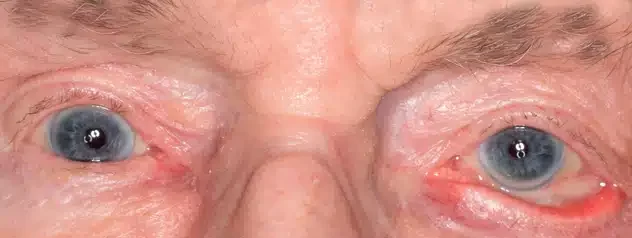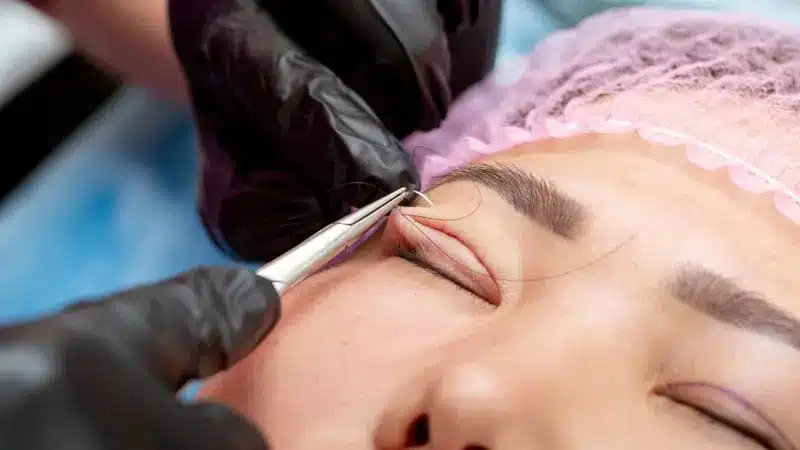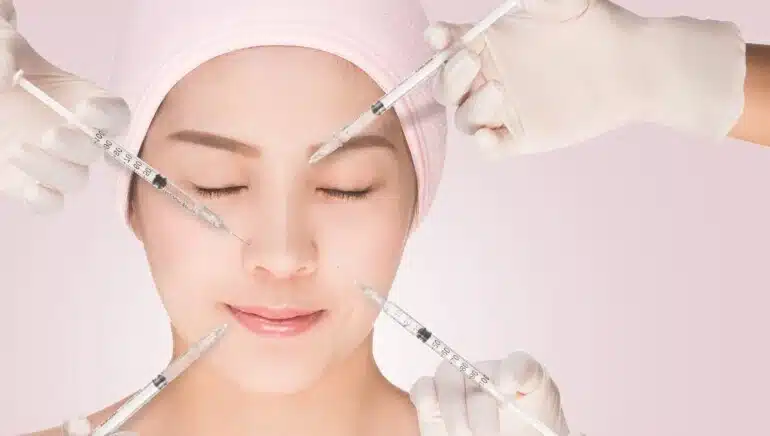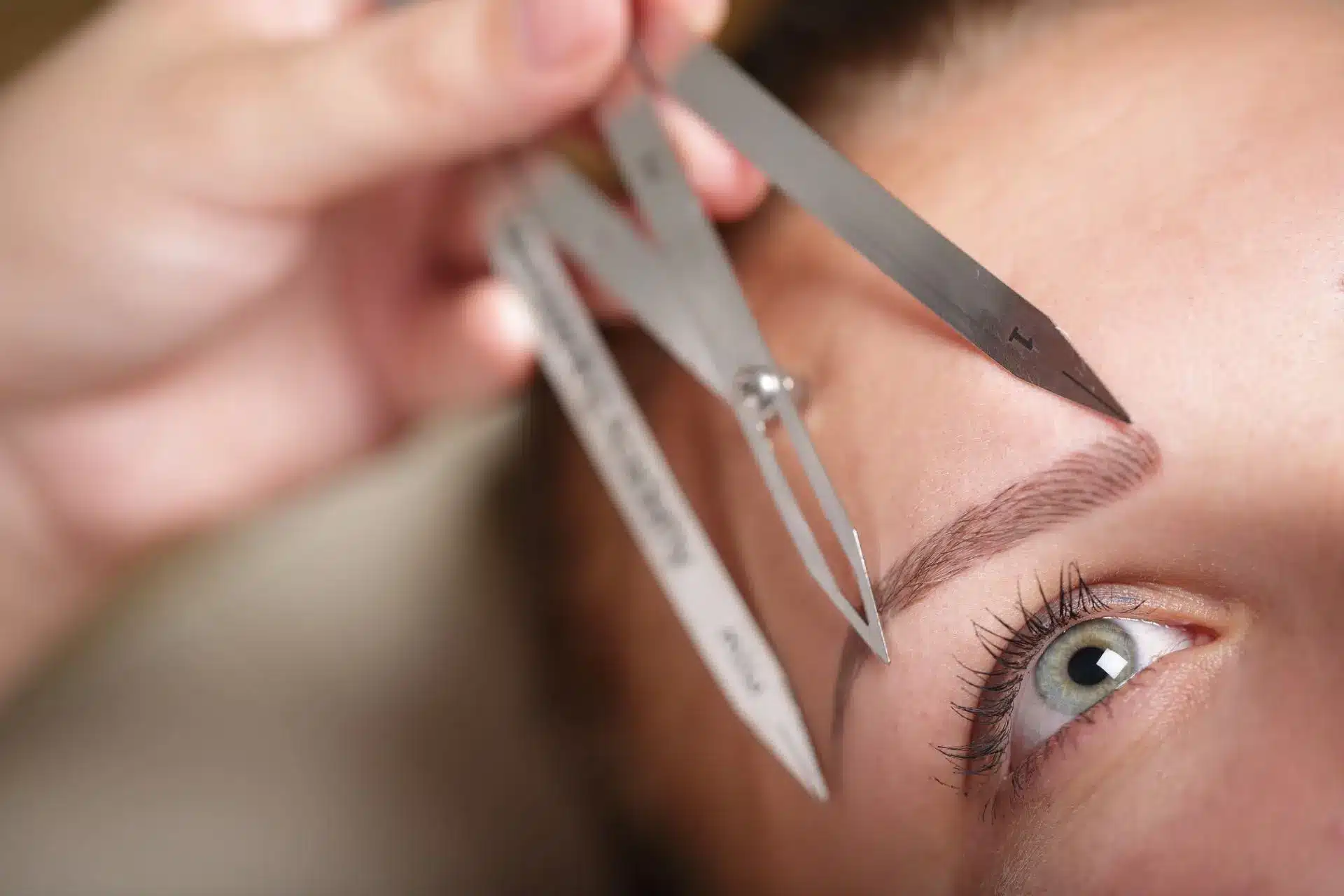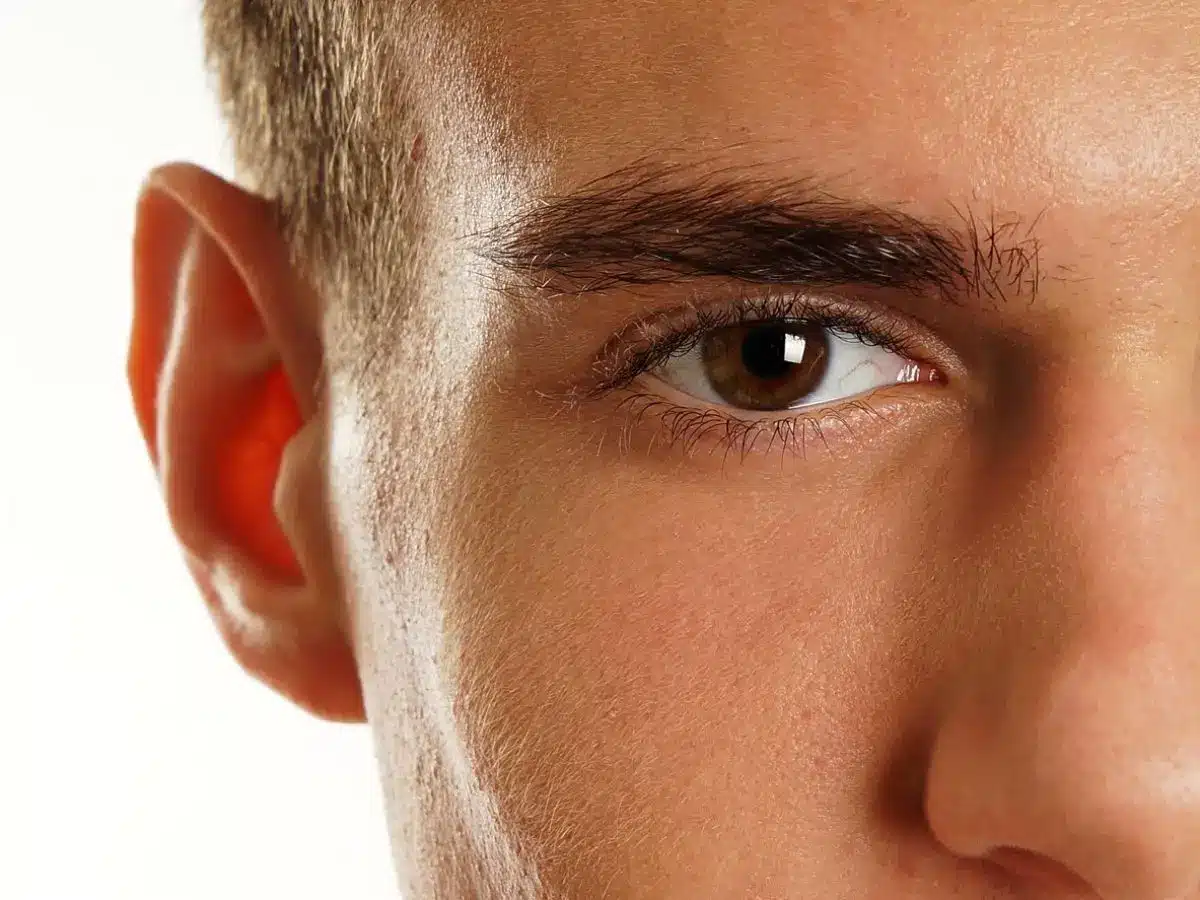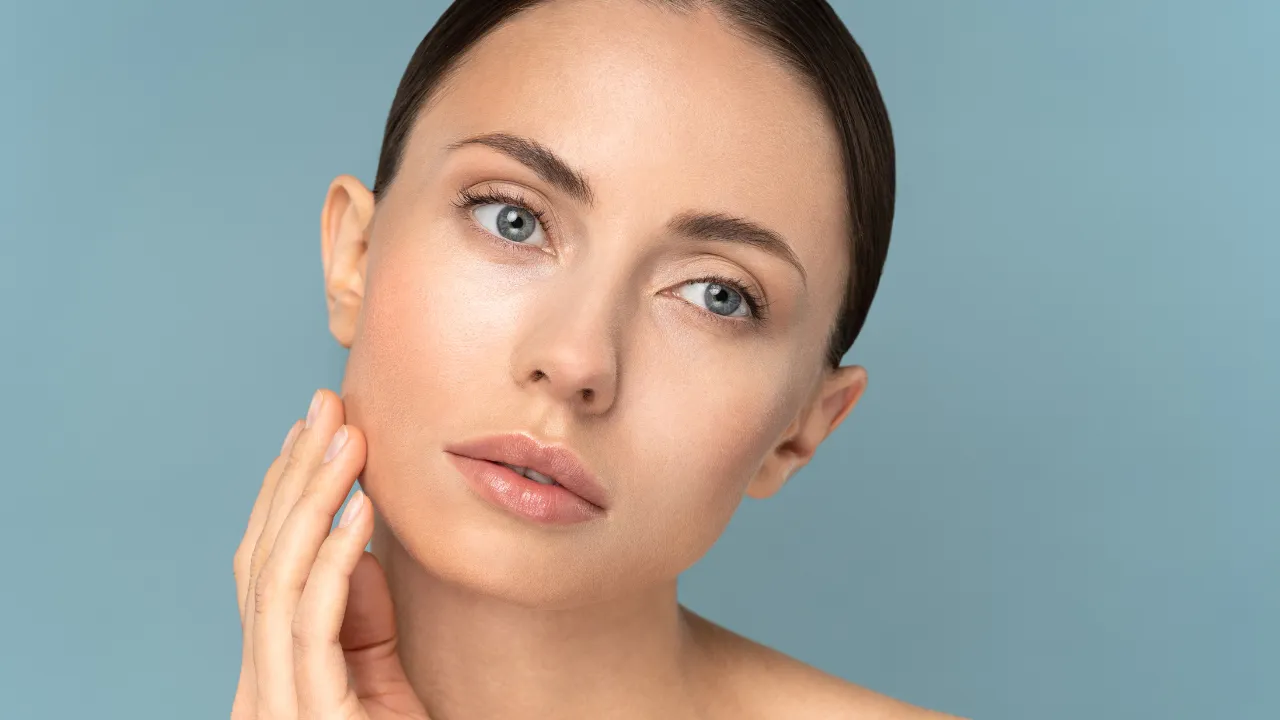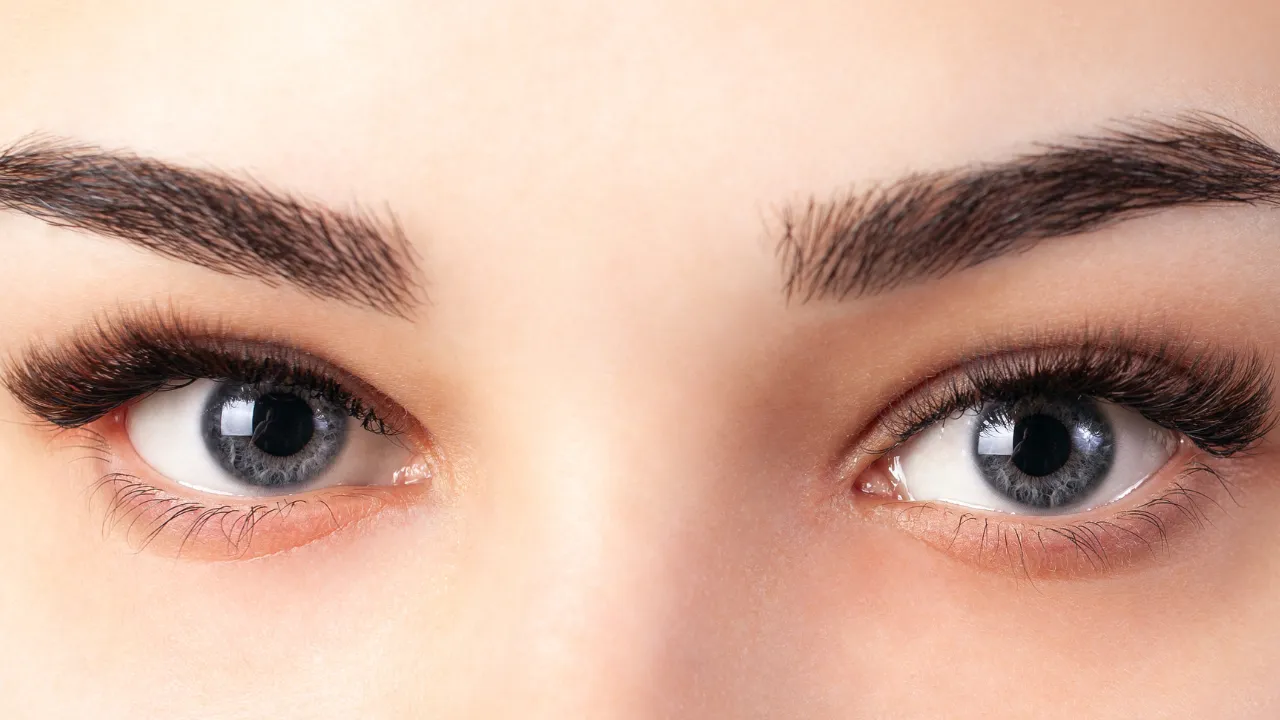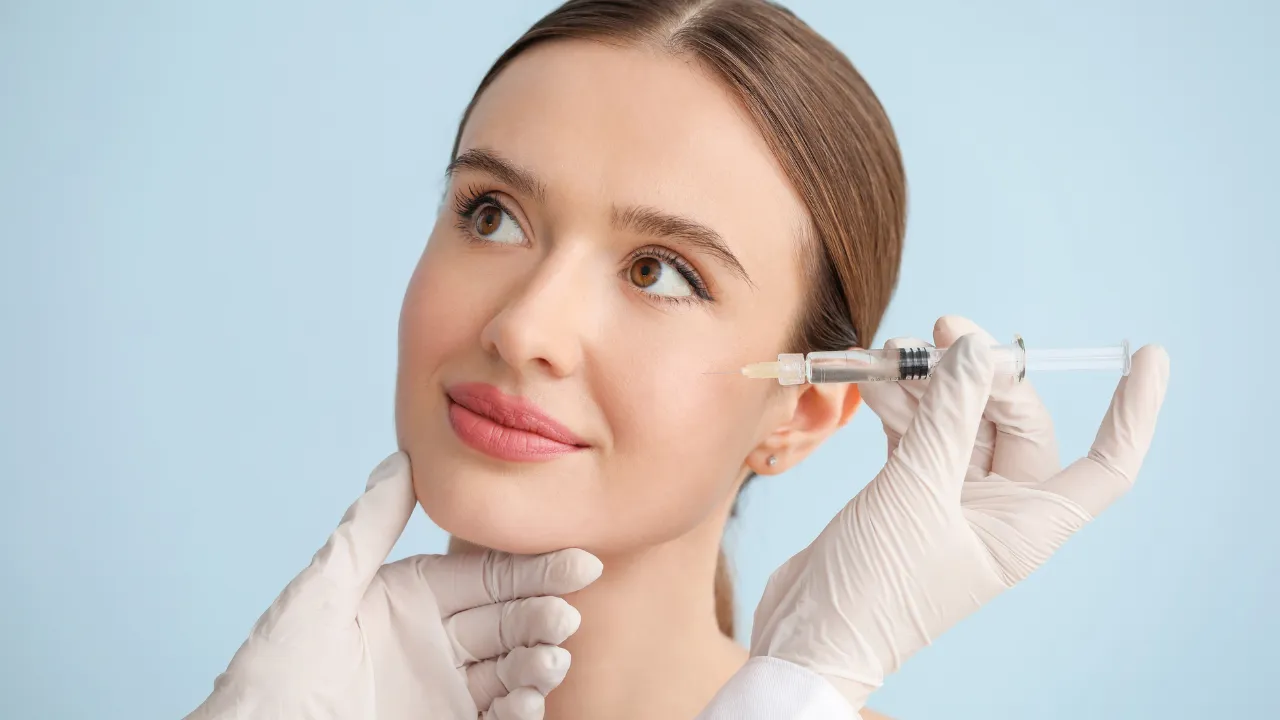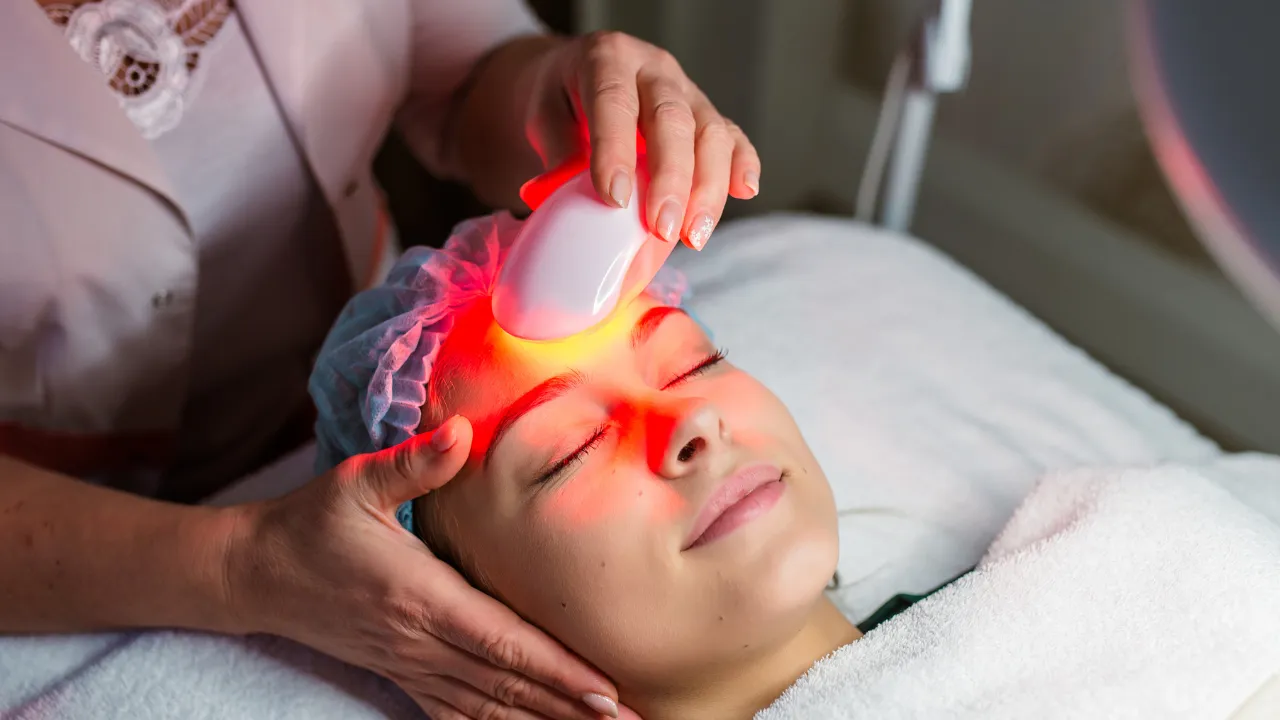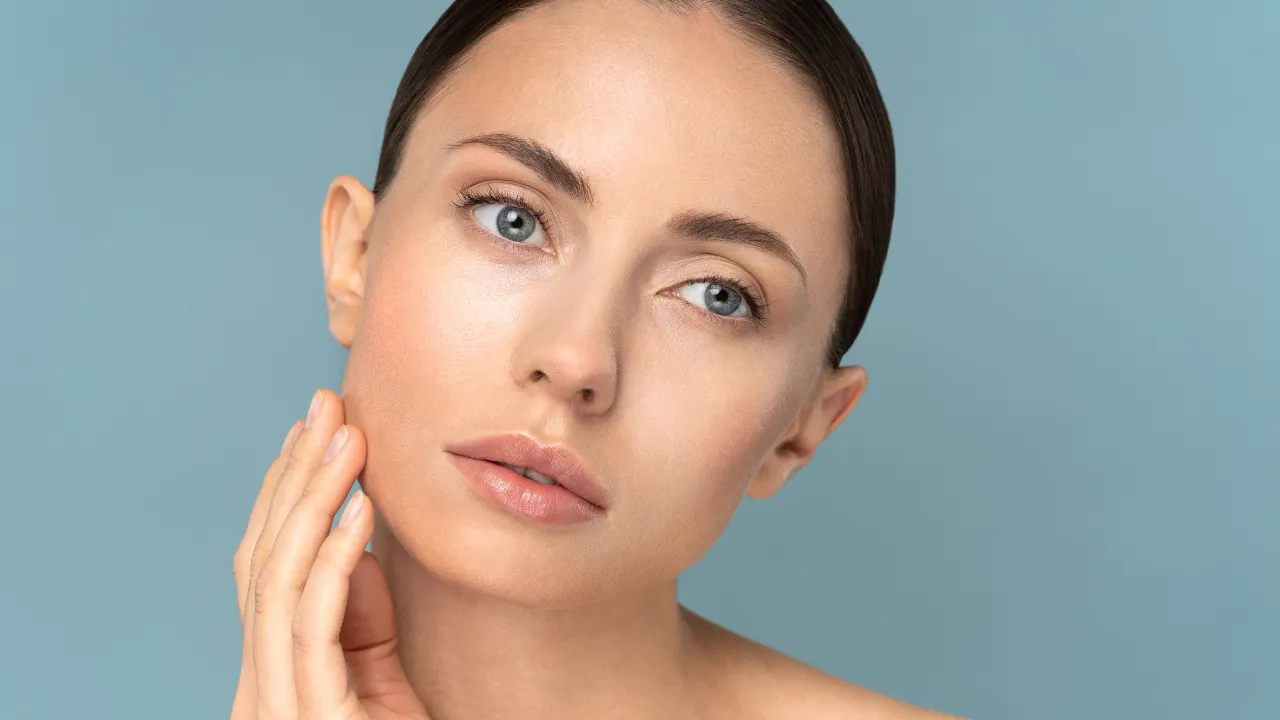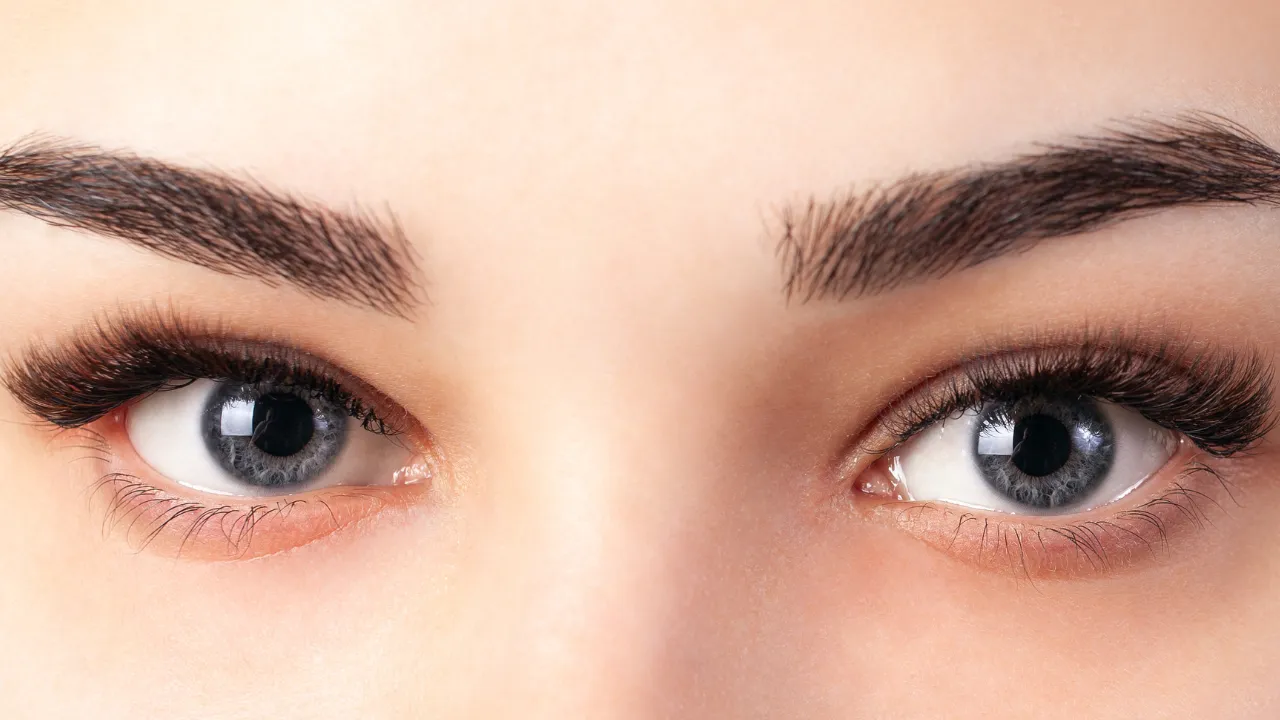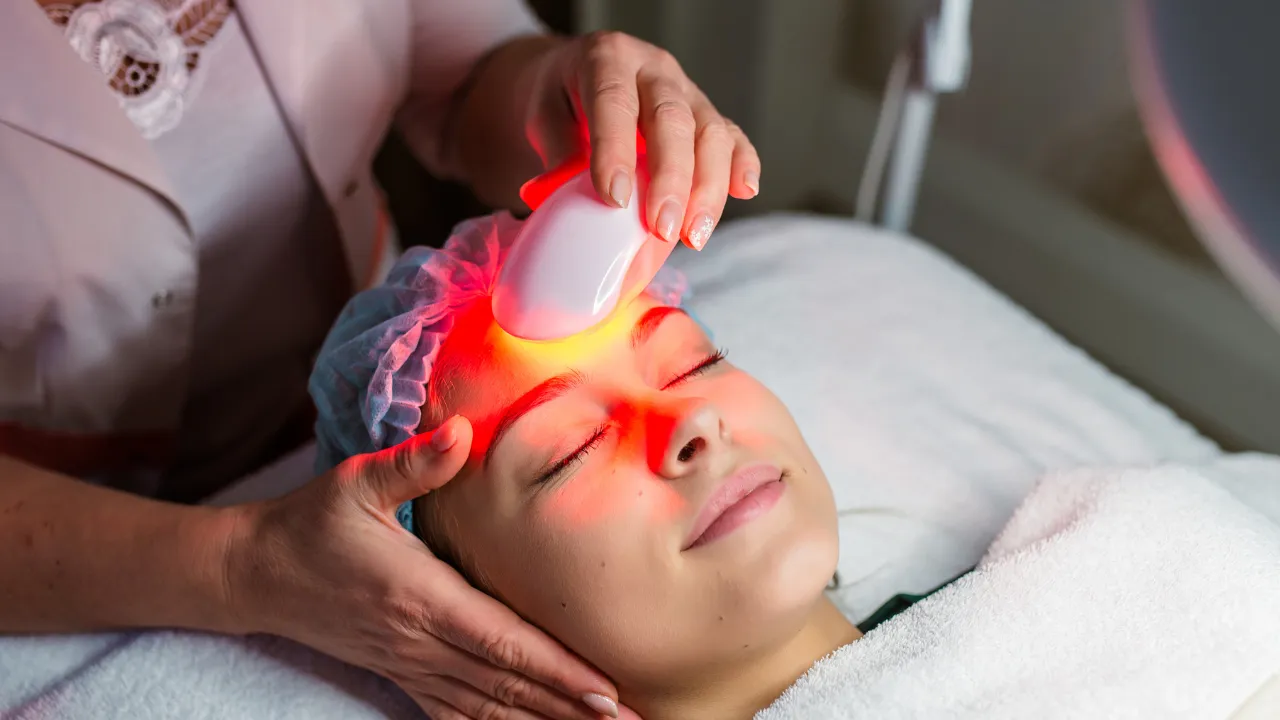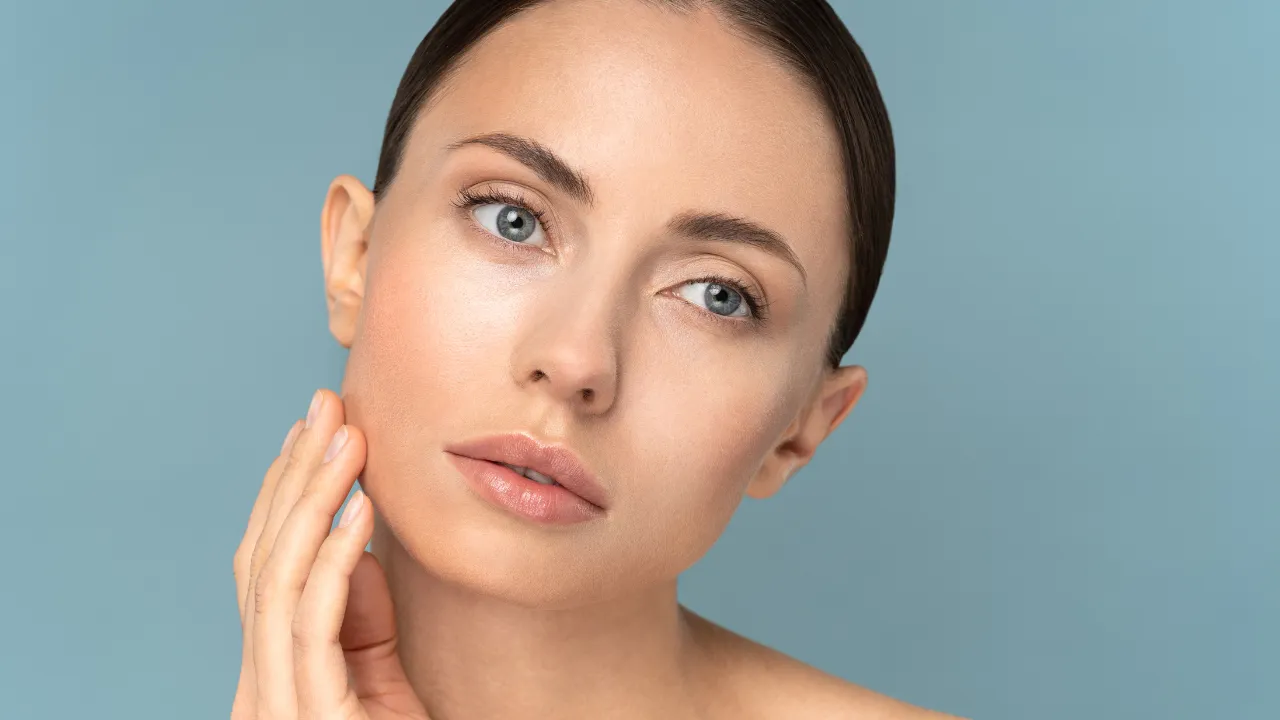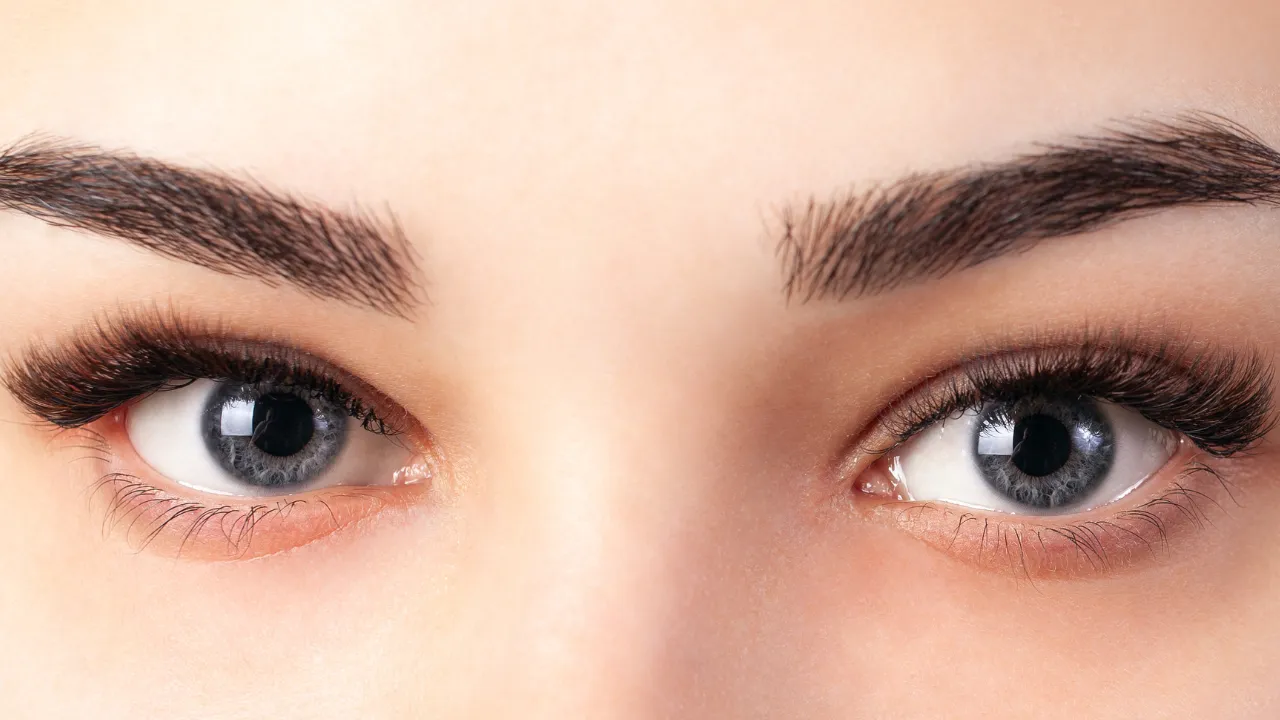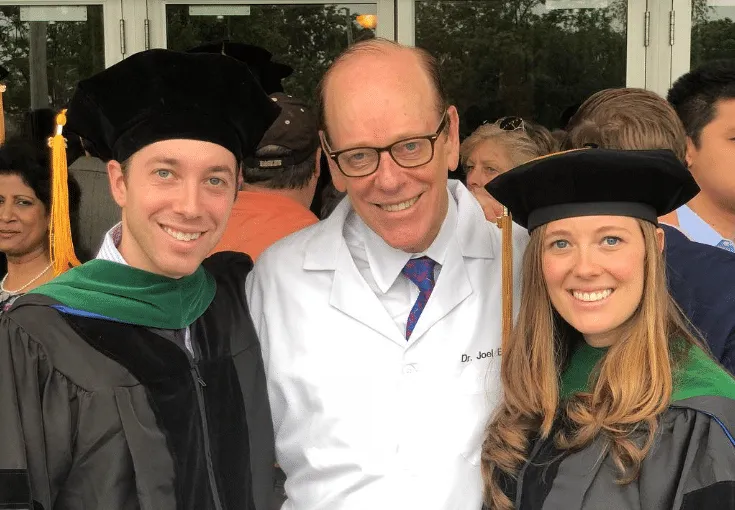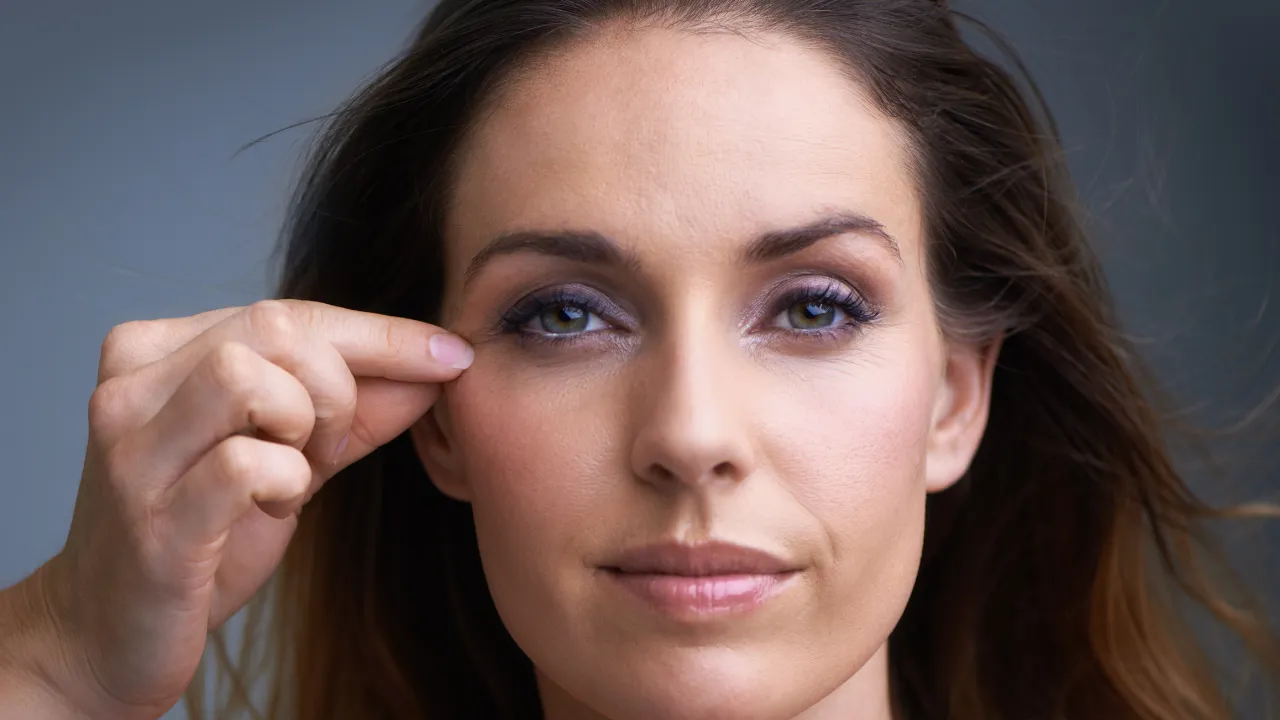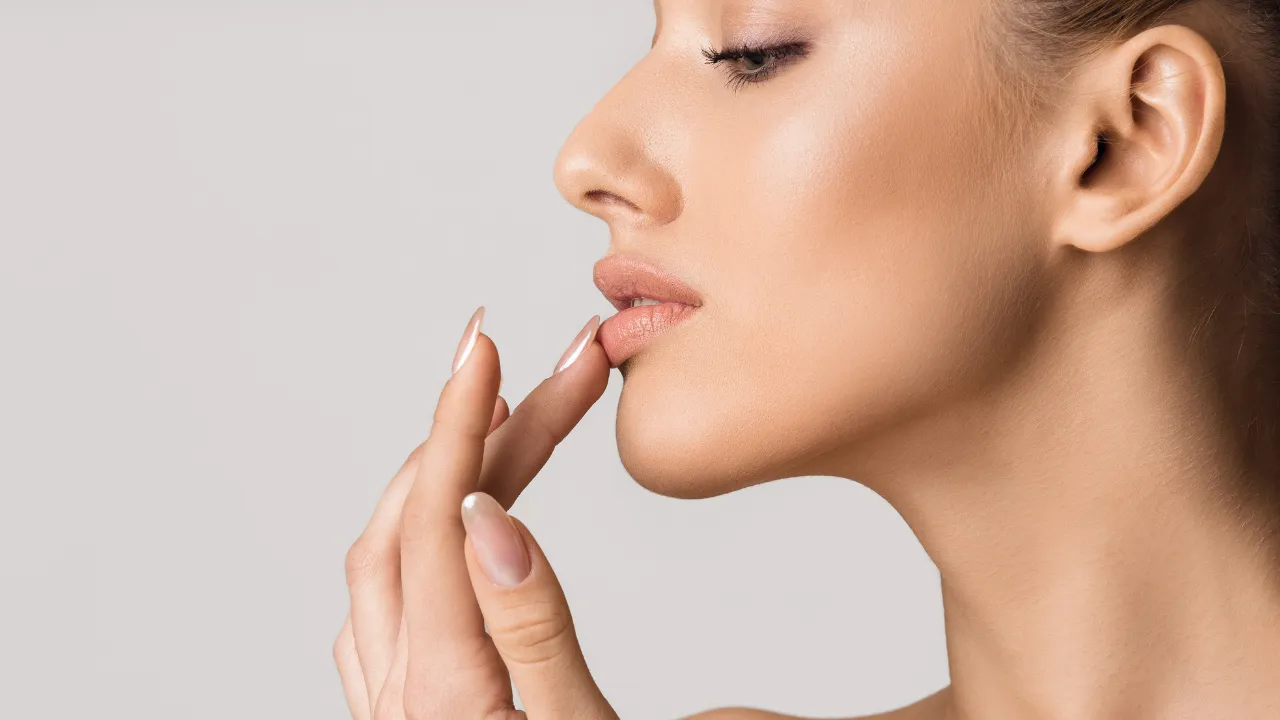At Kopelman Aesthetic Surgery, Dr. Joel Kopelman draws on decades of expertise to help patients understand and treat conditions like flipped eyelids. Flipped eyelids can cause discomfort and affect vision, making it crucial to seek guidance from skilled specialists. Dr. Kopelman’s experience ensures personalized care and clear solutions for anyone facing eyelid concerns.
Key Takeaways
- Flipped eyelids occur when the eyelid turns inward or outward, causing discomfort, vision issues, and potential eye damage if left untreated.
- Dr. Joel Kopelman offers both non-surgical treatments and precise surgical procedures like lateral tarsal strip surgery to correct flipped eyelids and restore comfort and appearance.
- Conditions such as ectropion, entropion, and floppy eyelid syndrome have distinct causes and symptoms, making a professional diagnosis crucial for proper care.
- Costs for eyelid flip surgery vary, and insurance may cover procedures if they affect vision or eye health.
- Patients can improve outcomes through early diagnosis, following treatment plans, and managing underlying health issues like sleep apnea or obesity.
Table of Contents
ToggleWhat Does It Mean If Your Eyelid Flips?
A flipped eyelid happens when the lid turns inward or outward, changing how it protects your eye. Dr. Kopelman explains this can cause irritation and discomfort, rubbing of lashes on the eye, or exposure of delicate tissues. The terms entropion and ectropion describe these changes, which can result in a turned eyelid leading to watery eye, vision loss, or sensitivity to light.
Older adults face a higher risk as connective tissue weakens with age. Recognizing problems like floppy eyelid syndrome early helps avoid permanent side effects and the risk of developing further damage. Dr. Kopelman stresses that seeing a specialist ensures the right treatment.
Why Do Eyelids Flip?
Aging, previous surgeries, or injuries can weaken eyelid structures, leading to flipping. Ectropion causes the eyelid to become turned outward, leaving the inner surface exposed and prone to becoming red and irritated. Dr. Kopelman checks for issues like scars, nerve problems, or underlying eye diseases during diagnosis.
Scar tissue from trauma, burns, or surgery can also pull the eyelid into an abnormal position, making it more likely to stay turned outward or inward. Sleep apnea and obesity are linked to floppy eyelid syndrome, which can cause eyelids to flip inside out while sleeping. Early evaluation prevents complications like eye infections or chronic irritation.
How Doctors Diagnose Flipped Eyelids
Dr. Kopelman examines eyelid firmness, irritation and discomfort, and uses tools like slit lamp exams or fluorescein staining. He may gently pull the eyelid away to check for laxity or examine for issues caused by previous surgeries. A precise diagnosis ensures proper treatment and protects vision.
Symptoms of Flipped Eyelids
Flipped eyelids may cause redness, watery eye, blurred vision, or sensitivity to light. Patients often notice discomfort while blinking, dryness, or changes in appearance. Floppy eyelid syndrome can show as loose lids flipping easily when touched, sometimes visible in photos.
While images help, Dr. Kopelman advises that only a professional exam confirms the cause. Left untreated, flipped eyelids raise the risk of developing infections or corneal ulcers, leading to potential vision loss. Quick treatment can prevent long-term damage.
How Doctors Treat Flipped Eyelids
For mild cases, Dr. Kopelman recommends non-surgical options like artificial tears, eye lubricating drops, protective shields, or temporary taping. When surgery is needed, techniques such as lateral tarsal strip or everting sutures correct the lid’s position without excessive tightening.
Costs vary based on procedure complexity, and insurance may cover surgery if vision or eye health is affected. Dr. Kopelman reports high success rates, with most patients experiencing relief and improved comfort. Many feel reassured after learning about outcomes and potential side effects.
Can a Flipped Eyelid Heal Without Surgery?
Some mild flipped eyelids improve with home care, including warm compresses, avoiding eye rubbing, or using eye lubricating drops. However, structural problems often require medical treatment for lasting results. Dr. Kopelman emphasizes early evaluation to avoid complications.
Related Eye Conditions to Know
Other conditions like ptosis, blepharitis, or dry eye syndrome can mimic flipped eyelid symptoms but require different treatments. Dr. Kopelman explains that accurate diagnosis prevents unnecessary worry and ensures effective care.
When to See a Doctor About Flipped Eyelids
See a doctor if your eyelid stays flipped, becomes red and irritated, causes pain, or affects vision. Dr. Kopelman recommends visiting a specialist to protect eye health and avoid further problems. Trusted resources like the American Academy of Ophthalmology help patients learn more, but professional exams remain essential.
Frequently Asked Questions About Flipped Eyelids
Q: How long does eyelid flip surgery take?
Most surgeries last one to two hours, with patients going home the same day.
Q: Can flipped eyelids return after surgery?
Recurrence is rare if surgery fixes the cause, but follow-up care helps maintain results.
Q: Is flipping eyelids harmful?
While a habit may be harmless, true flipped eyelids can damage the eye and should be evaluated. Dr. Kopelman urges patients to seek medical care for ongoing changes. S#po today.

